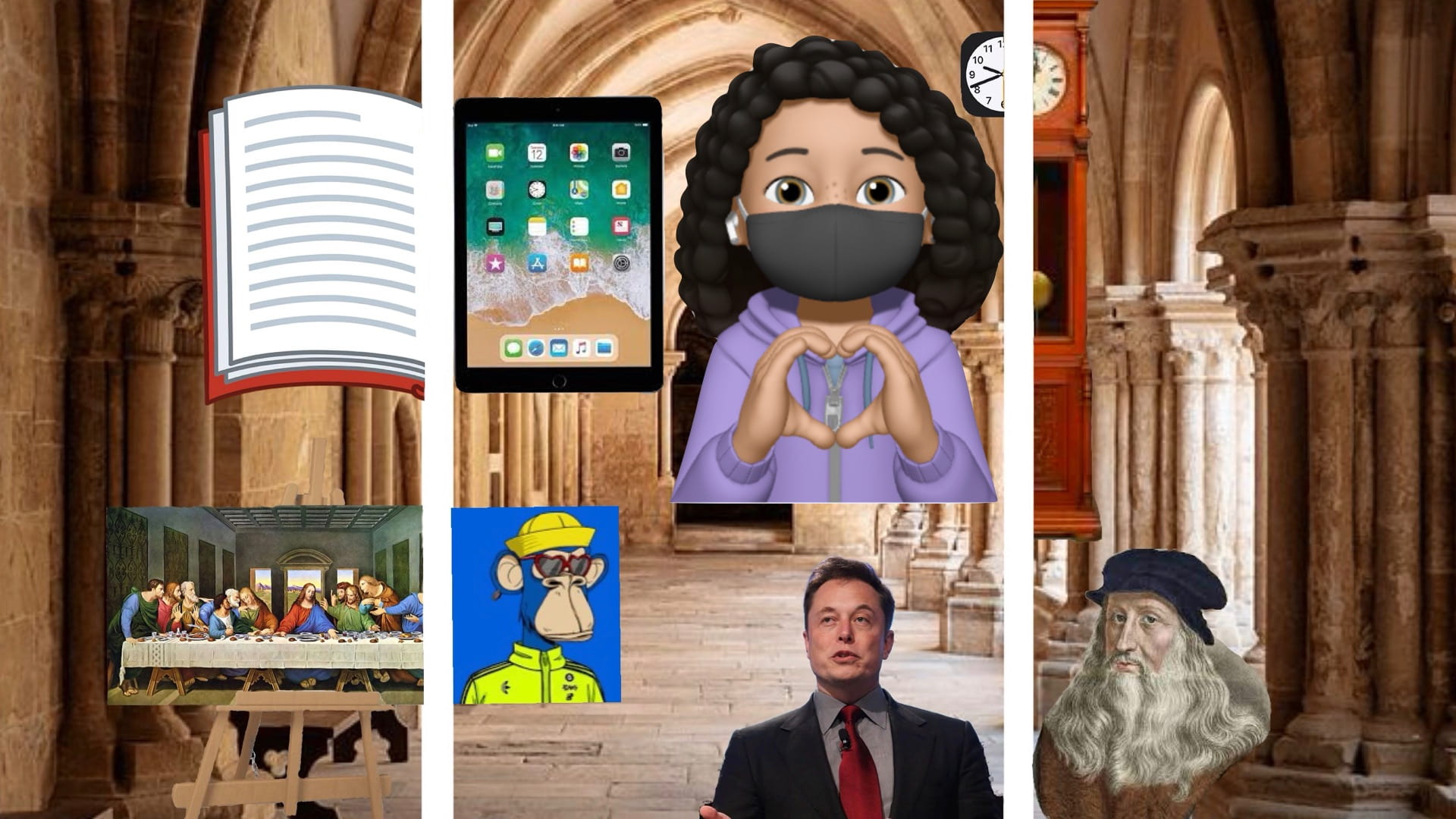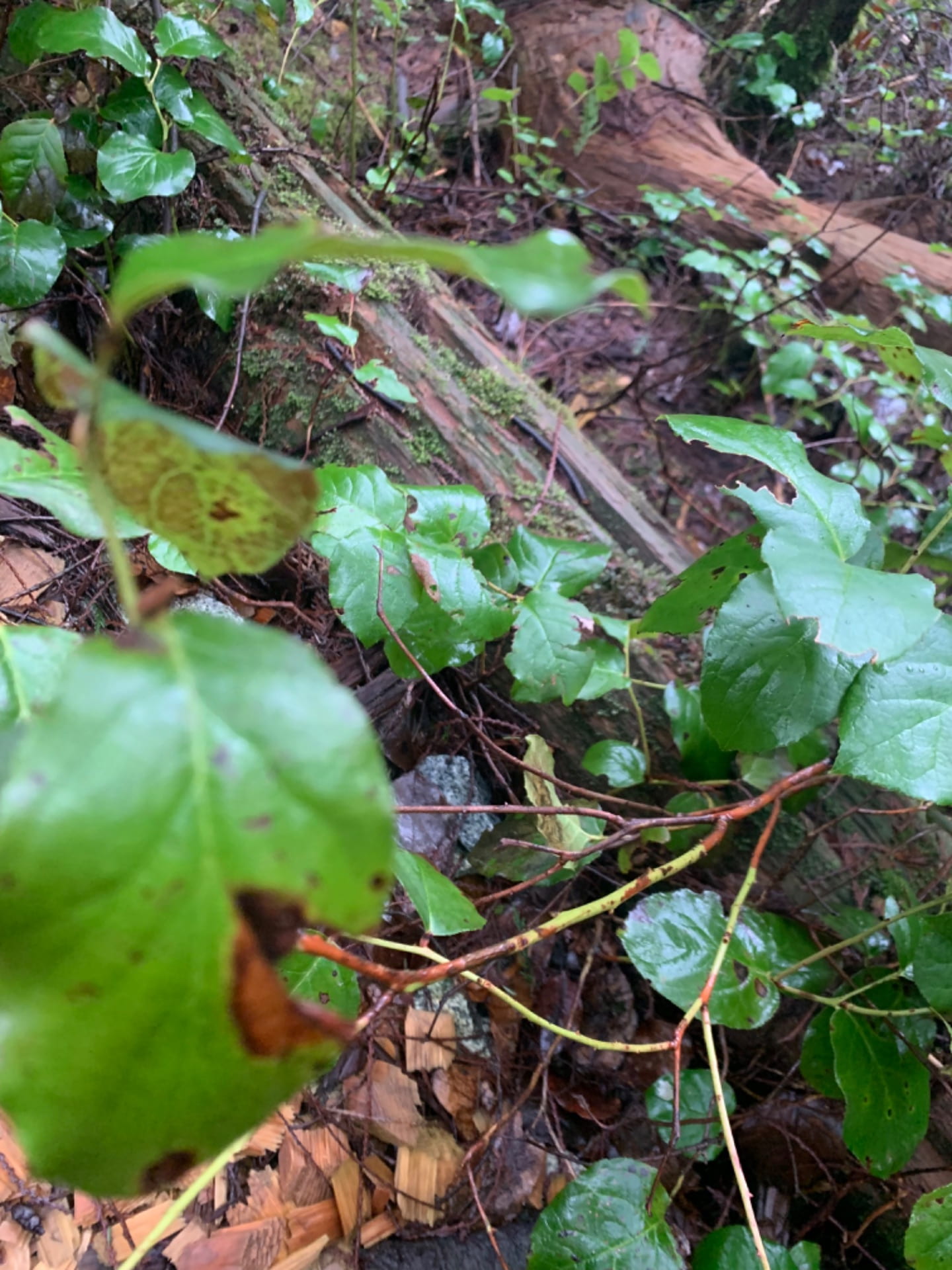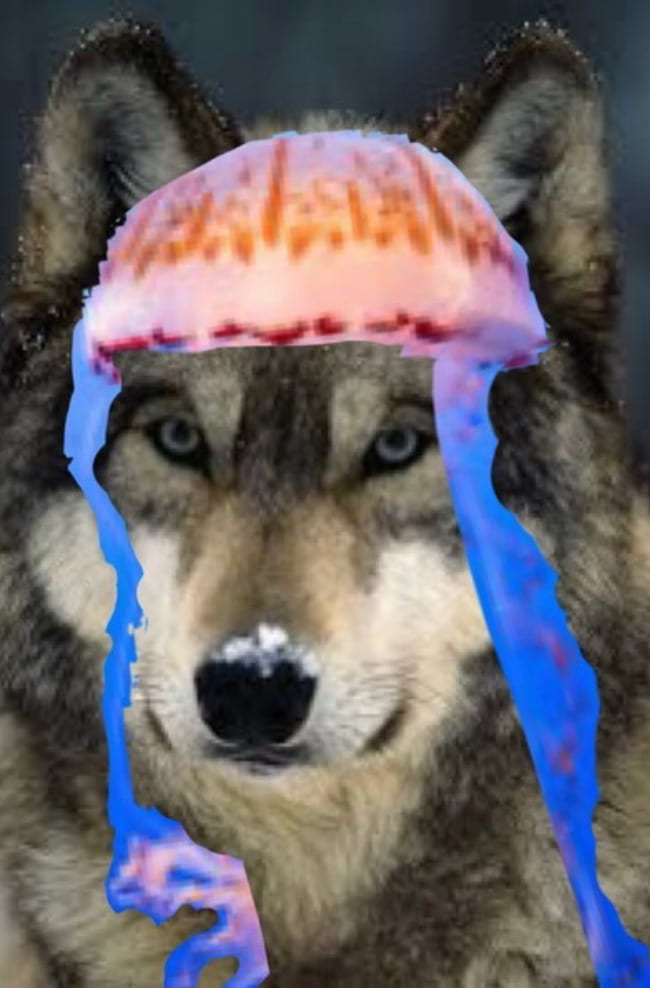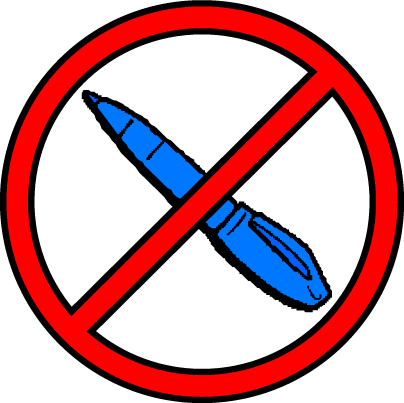Hey guys, welcome back to my blog. Today I’m going to be talking about probably one of my favourite projects in Humanities so far. It’s called The Renaissance: A Change Engine. The driving question of this project was “What significant developments emerged from the past and how do they impact us today?” Obviously, since this project was about the Renaissance, we’re only looking at developments from then.
In this project, our two main final products were a paragraph and a triptych about the societal changes, people, artworks and inventions we considered to be the most historically significant. Here’s my triptych:

The four things I chose were:
-The iconic artwork “The Last Supper” by Leonardo da Vinci
-The societal change which was access to libraries and educational materials
-The invention of clocks
-Famous artist and inventor Leonardo da Vinci
The all related to modern day things. The four modern day things I would associate with my four renaissance things are:
-NFTs
-Technology which can easily show us information
-Technology that can easily let us tell time (cell phones, smart watches)
-Elon Musk
I am happy with my work on this assignment and I believe I accomplished it.
My other piece, my paragraph, was a persuasive paragraph on why clocks are the most historically significant invention of the Renaissance. Here is my paragraph:
The single most historically significant invention from the Renaissance still lives with us and is used daily by people around the world. It is one of the most universal items in history, an invention that can be recognized by pretty much any person alive who has been born since its creation. What is this amazing, crazy invention you may ask? Clocks. Yes, those insignificant things on your walls that you glance at every 5 minutes waiting for whatever is the most significant invention of the Renaissance. If you disagree with me, read on. If you agree with me, read on. If you have any opinion on this, continue reading, because whether or not you agree with me, I’m going to tell you why I think this. Before I tell you that, though, I’m going to tell you a little bit about the history of time measurement (yes, I know, you’re probably bored already because pretty much everyone knows this or doesn’t want to. But this is necessary for context.) The measurement of time started with sundials. While this was pretty good to use, it was finicky and only worked under certain conditions. For example, it didn’t really work at night, or if it was too cloudy and the light was spread, causing there to be no shadows. Plus, the entire thing had to be unobstructed, so if you lived in a forest, say bye to that! After the sundial came the hourglass era. Yes, yes, very interesting, I know. Anyways, hourglasses just really didn’t do what was needed, so eventually in the 14th century some guy named Peter Henlein came along and finally invented the first mechanical clock. So that’s our little summary of the history of time measurement for you. Basically some random German locksmith came along and said “this isn’t good enough” as all inventors do, and so he made a clock. Moving on, I think that the invention of clocks is the most historically significant invention from the Renaissance because it creates structure in society and life in general. For example, working and being paid by the hour was pretty much impossible at that point, because no one knew when the hour was. Anything on a specific timed schedule couldn’t consistently be done properly. Individual activities had no timed structure, and it was hard to set something up with an “I’ll meet you at the end of the street at 10:35.” Getting an exact time for anything was impossible. The second reason I think that the clocks were the most significant invention of the Renaissance is because they are the fuel of huge multimillion dollar companies today such as Rolex. My third reason is that it is so applicable to the modern day, where crazy new technology is being invented every day (for example, the device that you’re reading this on.) Smart watches, which are becoming more and more prominent in everyone’s daily lives, wouldn’t exist without the invention of wristwatches, and wristwatches wouldn’t exist without the invention of clocks. So, to sum everything up, clocks are the most historically significant invention from the Renaissance because they lead to the creation of so many important things now, and they add a lot more structure to society and to everyone’s daily lives. So, supporters of the printing press being more important: beat that!
I think I extended on this assignment because I connected with the reader in a unique way without straying from the main idea of my paragraph.
One activity I enjoyed was the Renaissance simulation at the start of the project, where we pretended to live in those times. At the start of the activity, we were assigned a societal role. The different roles were serfs, knights, lords, and monarch. We quickly learned how much your role in society impacted your life back then, even when it was out of your control. For example, I was a lord, and I enjoyed sitting on a comfortable chair, while all the serfs were stuck on the ground.
One big thing I loved about this project was what we learned in using the photo editing app SuperImposeX, since I love technology. During our time at Loon Lake, I learned how to put an image over another and remove the background, which helped me with my triptych.
Near the end of the project, we were looking at different artworks from the Renaissance and I learned about a cool feature within Google Arts & Culture. This was the feature that allows you to see a piece of are in AR (Augmented Reality.) Because of this, I got to take a photo with the Mona Lisa.

Now, to answer the driving question. What significant developments emerged from the past and how do they impact us today? One significant development that emerged from the past was the Mona Lisa. It’s well known around the world despite being created over 513 years ago. Another was the invention of clocks. It impacts us today significantly, allowing us to easily see the time and introduce important things for society such as pay by the hour and a base for the huge watch industry.
Thank you for reading this blog post. I hope you learned something or at least have come away knowing which development from the Renaissance is the most historically significant (hint: it’s the invention of clocks!)




















 For this part of the project I worked with
For this part of the project I worked with 
